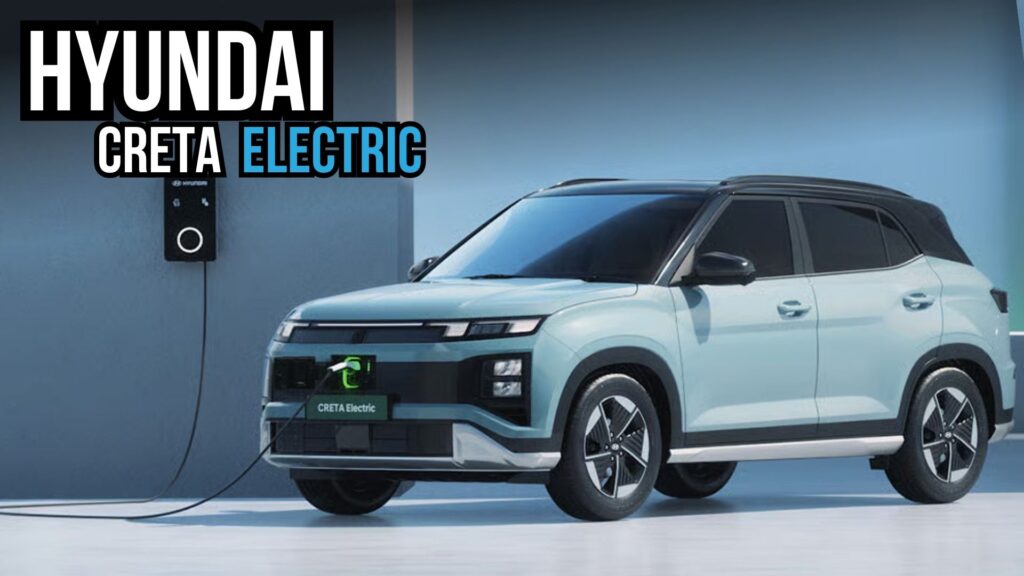In a landmark announcement, Nissan Motor Co. has officially ended production of its iconic R35 GT-R sports car. Known worldwide as a symbol of Japanese engineering excellence, the GT-R has captivated enthusiasts for nearly two decades with its advanced technology, high-performance capabilities, and motorsport legacy. The decision to discontinue the GT-R comes after 18 years of continuous production, making this the first time since 2007 that the legendary nameplate will not appear in Nissan’s lineup. However, Nissan has hinted that this may not be the end of the GT-R forever.

Why Nissan Ended GT-R Production

Nissan cited multiple challenges behind the decision to end production. Chief among them were increasingly strict emissions regulations in various markets, coupled with difficulties in securing critical parts for manufacturing. These factors created significant barriers to continuing production of a vehicle that was originally engineered in the mid-2000s.
Ivan Espinosa, Nissan’s President, acknowledged these challenges but reassured fans that the GT-R story might not be over. In a video message, he said, “this isn’t a goodbye to the GT-R forever,” sparking speculation that a next-generation GT-R could be in the works, possibly as an electrified or hybrid performance car.
Summary Table
Key Details |
Information |
|---|---|
Model Discontinued |
Nissan GT-R (R35) |
Production Years |
2007 – 2025 |
Total Units Produced |
Approx. 48,000 |
Reason for Discontinuation |
Emissions regulations and parts supply challenges |
Engine |
3.8L twin-turbo V6, hand-built by Takumi craftsmen |
Historic First Launch |
1969 (Skyline GT-R) |
Plant Location |
Tochigi Plant, Kaminokawa, Japan |
Nissan President’s Statement |
“This isn’t a goodbye to the GT-R forever.” |
Official Nissan Website |
The Legacy of the GT-R
The GT-R’s history stretches back to 1969, when Nissan launched the first-generation model based on the Skyline platform. Designed with race car specifications, the Skyline GT-R quickly became a motorsport legend in Japan. After being discontinued twice, Nissan revived the GT-R in 2007 as a standalone model separate from the Skyline range. The R35 GT-R marked a major leap forward, positioning Nissan as a high-tech carmaker on the global stage.
Over its lifespan, the R35 earned the nickname “Godzilla,” a title originally bestowed by the Australian media due to its dominance on the racetrack. With unmatched acceleration, precision handling, and advanced all-wheel-drive technology, the GT-R became a benchmark in the supercar segment, often competing with and outperforming rivals from Europe and America.
Handcrafted Performance
One of the unique aspects of the R35 GT-R was its engine production process. Each VR38DETT 3.8-liter twin-turbo V6 engine was hand-assembled by one of nine master craftsmen, known as Takumi, at Nissan’s Yokohama Plant. These skilled artisans were responsible for ensuring each engine met the highest standards of performance and reliability. This artisanal approach gave every GT-R a sense of individuality and exclusivity rarely seen in mass-production sports cars.
In total, Nissan produced around 48,000 units of the R35 GT-R, many of which went on to become collector’s items due to their engineering precision and performance pedigree.
The Final Chapter of the R35
The final GT-R rolled off Nissan’s Tochigi plant production line in Kaminokawa, Tochigi Prefecture, where media representatives, parts suppliers, and business partners gathered to witness the historic moment. It marked the end of an era not only for Nissan but also for the broader automotive industry, as the GT-R was one of the last analog-meets-digital performance machines in an era rapidly transitioning toward electrification.
Future of the GT-R
While production of the R35 has ended, Nissan has left the door open for a potential successor. Industry insiders speculate that the next GT-R, if it materializes, could adopt electrified powertrains to comply with future emissions regulations while still delivering the raw performance the model is known for. Nissan’s hints at future possibilities have kept enthusiasts hopeful that “Godzilla” will roar again in a new form.
Frequently Asked Questions (FAQ)
Q1: Why did Nissan stop producing the GT-R?
A. Nissan ended production due to tightening global emissions standards and challenges in sourcing critical parts.
Q2: How many GT-R R35 units were produced?
A. Nissan produced approximately 48,000 units of the R35 GT-R since its 2007 launch.
Q3: Will the GT-R return in the future?
A. Nissan President Ivan Espinosa hinted that the GT-R may return in the future, possibly with electrified technology.
Q4: What makes the GT-R unique compared to other sports cars?
A. The GT-R featured advanced all-wheel-drive, cutting-edge aerodynamics, and engines hand-built by Takumi craftsmen, earning it a reputation as one of the most advanced and durable performance cars.
Q5: When was the first GT-R introduced?
A. The first GT-R, based on the Skyline, was launched in 1969.
Q6: Where was the GT-R manufactured?
A. The R35 GT-R was produced at Nissan’s Tochigi Plant in Kaminokawa, Japan.
Conclusion
The discontinuation of the R35 GT-R marks the end of an iconic chapter in Nissan’s history. With its unparalleled legacy in motorsport and road performance, the GT-R has cemented its place among the greatest sports cars of all time. While fans may mourn the end of production, Nissan’s assurance that this is not a permanent goodbye offers a glimmer of hope for a future revival.
For More Information Click HERE






